The Cervical spine is the most flexible section of the spine. Whiplash, in which the soft parts of the cervical spine are damaged as a result of a rear-end collision, is the most well-known impairment of this segment of the spine.
What is the cervical spine?

The Cervical spine (Cervical spine) represents the most flexible section of the vertebral column, which consists of seven cervical vertebrae (vertebrae cervicales) and connects the skull (cranium) with the trunk.
The vertebrae cervicales form a stable row in which the individual adjacent cervical vertebrae are connected to one another by means of vertebral joints arranged in pairs. To improve mobility, there are intervertebral discs between the individual vertebrae cervicales, which buffer axial forces.
To ensure mobility and stability, a large number of muscles and ligaments also run between the vertebral bodies of the cervical spine.
Anatomy & structure
The Cervical spine is composed of a total of seven vertebrae cervicales. While the five lower cervical vertebrae are largely the same in terms of their structure, the two upper ones have a different, different structure.
The uppermost, first cervical vertebra, the so-called atlas, serves as the transition from the cranium to the trunk. In its area, the cerebral structures merge into the spinal canal (vertebral canal) as the spinal cord. Cranially (towards the skull), the atlas and the occipital bone (flat skull bone, occiput) form the paired anlantooccipital joint (first head joint).
The adjacent, second cervical vertebra (axis) also has a front peg, the so-called dens axis, which protrudes into the atlas ring. Axis and Atlas also form the Antlantoaxial joint (second head joint). The vertebrae cervicales each consist of a corpus vertebrae (vertebral body), an arcus vertebrae (vertebral arch), four smaller joints, a processus spinosus (dorsal spinous process), a transverse process and a foramen vertebrae (vertebral hole formed by the vertebral arch).
The foramina of all vertebrae in the spine form the bony spinal canal through which the spinal cord runs.
Function & tasks
The Cervical spine As a static structure, it primarily supports the skull, in whose movements it participates in interaction with its muscles and ligaments.
The smallest functional unit is called the movement segment, which is an association of joints, ligaments, muscles and intervertebral discs that is formed between two adjacent vertebrae. The overall mobility results from the addition of the relatively small freedom of movement between the individual cervical vertebrae, with the lower sections of the cervical spine in particular exhibiting greater mobility.
The comparatively large range of motion of the cervical spine is primarily ensured by the largely horizontally aligned vertebral joints. The antlantooccipital joint formed by the atlas together with the occipital bone, for example as an ellipsoid or egg joint, enables the skull to move, in particular flexion and extension (nodding movements). In addition, the Atlas and Axis form the so-called Antlantoaxial Joint, which is primarily responsible for the rotational movements of the skull.
The two head joints ensure head movement in very fine gradations. In addition, rotation (rotation), flexion and inclination (ventral flexion), reclination (dorsal inclination) and dorsal flexion (dorsal flexion) as well as lateral flexion (sideways flexion) are possible in the area of the cervical spine. Furthermore, the cervical spine functions as a conduction and protective structure for the spinal cord, which in turn can be understood as an extension of the cerebral system.
You can find your medication here
➔ Medicines for back painIllnesses & ailments
Pain symptoms im Cervical spine area can be observed very often and can be expressed by a torticollis and an oblique posture. If the pain cannot be assigned to a specific cause, it is referred to as a non-specific cervical spine syndrome.
Degenerative changes in structures of the cervical spine can lead to a herniated disc, osteochondrosis (disc wear) or, in the case of pronounced degeneration, to a facet syndrome, spondylolisthesis and spinal canal stenosis (narrowing of the cervical spine) with cervical myelopathy (damage to the spinal cord). Stress-related can also lead to muscular tension, which causes pain in the neck and cervical vertebrae.
Damage to the soft tissue, joint capsule and / or ligament apparatus in the cervical spine area caused by hyperflexion or hyperextension is referred to as cervical spine distortion (also cervical whiplash trauma or whiplash injury). Depending on its severity, a cervical spine distortion can be accompanied by headache and neck pain, restricted mobility and pain in the cervical area, as well as a feeling of headache. With simultaneous swallowing difficulties, a retropharyngeal hematoma may also be present.
Fractures and dislocations of the cervical spine are often associated with an increased risk of parallel injuries to the cervical cord with (in) complete paraplegic symptoms or fatal outcome. As a rule, atlas, axis and dens fractures as well as fractures of the lower cervical vertebrae are expressed in the form of pain, a feeling of instability in the neck area and / or neurological deficits, whereby stable cervical spine fractures can be partially or completely symptom-free.
In addition, isolated impairments of the cervical spine can in many cases be traced back to damage or disruption of individual movement segments (including herniated disc, blockage).

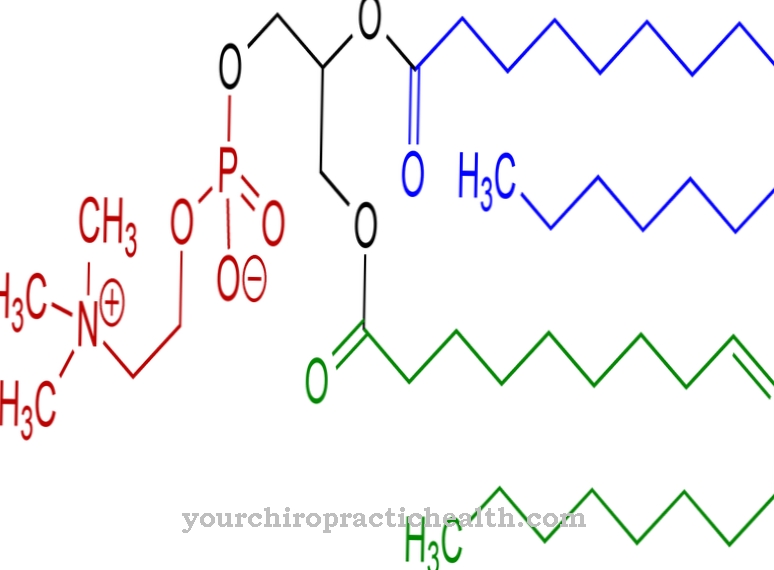
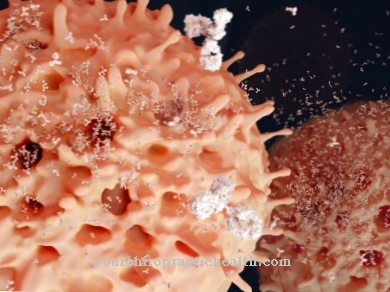
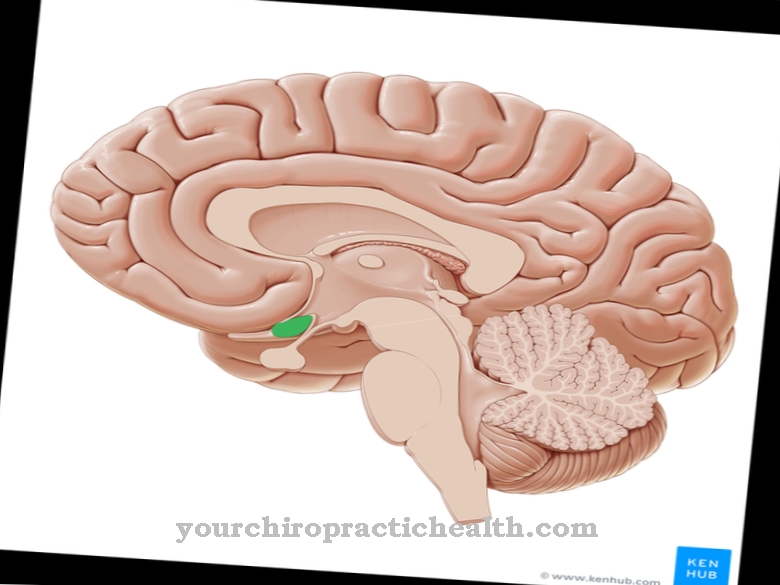
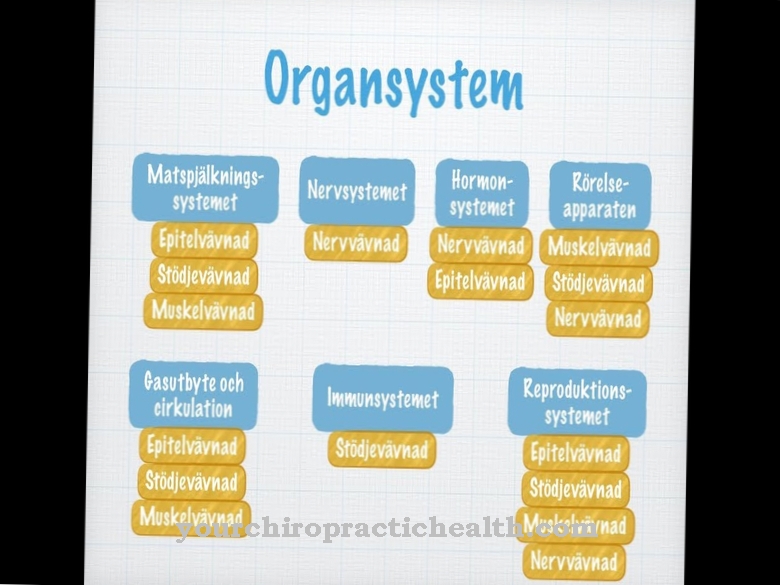
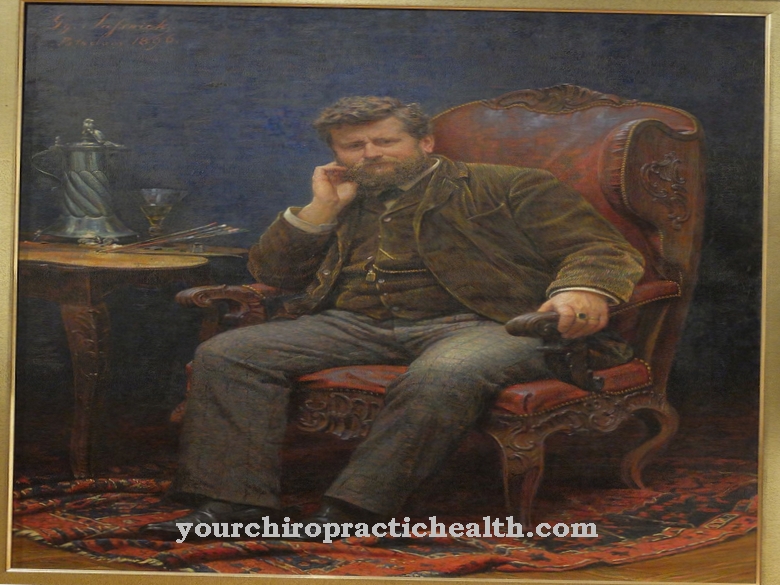


















.jpg)



